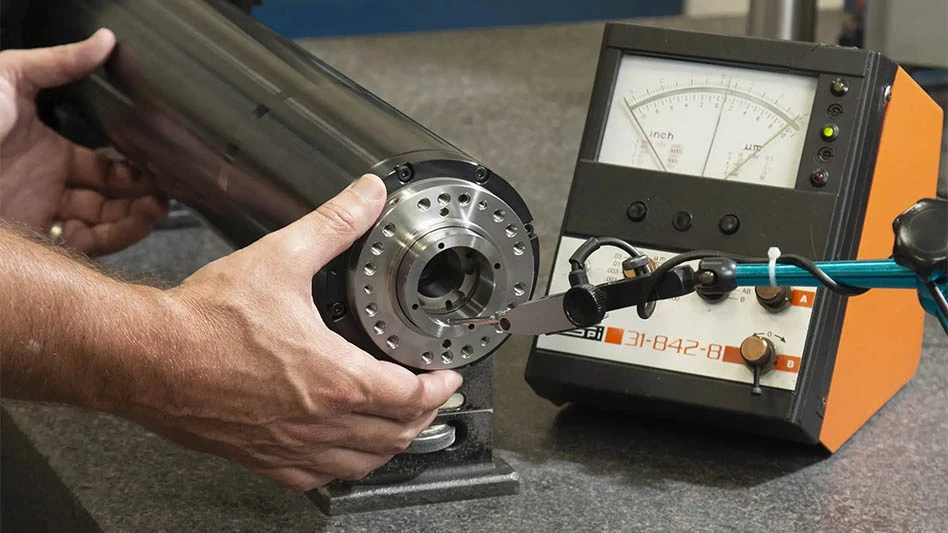
Students from Missouri University of Science and Technology present their first-place winning satellite program at the Air Force Research Laboratory Space Vehicles Directorate’s University Nanosatellite Program student competition, Jan. 17-19, 2015. (Courtesy photo)
Kirtland Air Force Base, New Mexico – Students representing 10 universities competed in Albuquerque, New Mexico, recently for the chance to send a satellite they designed and built into space. The competition was held through the Air Force Research Laboratory's Space Vehicles Directorate University Nanosat Program.
The winners:
1st place - Missouri University of Science and Technology
2nd place - University of Colorado at Boulder
3rd place - Georgia Institute of Technology
4th place - Taylor University
Boston University and State University of New York at Buffalo tied for 5th place. Judges will break the tie during upcoming visits to both universities where they will conduct a deep dive into their respective programs.
Each winning school will receive $110,000 from the Air Force Office of Science and Technology, and mission support from AFRL/Space Vehicles to finish preparing their satellites for launch. Now in its eighth cycle, this is the first time multiple winners were selected.
"We are excited that we were able to expand the number of winners from one to five this year, allowing more teams the opportunity to send their satellite to space and, in turn, increasing the scientific and technology benefits of the program," Dr. David Voss, University Nanosat Program manager said. "We had a remarkable field of competitors this year, and we commend the hard-work, passion and professionalism of these young great minds."
The University Nanosat Program was established in 1999 by AFRL and the Air Force Office of Scientific Research as a way to inspire and train the next generation of space professionals. It is a rigorous two-year concept to flight ready spacecraft competition, and the only program in the country that gives university students the opportunity to actually participate in U.S. spacecraft development. The Approximately 5,000 students from 32 universities have participated in the program and several of their satellites have been sent to space.
Embry Riddle Aeronautical University, University of California Los Angeles, University of Florida and New Mexico State University also competed.
Winning schools and descriptions of projects:
Missouri University of Science & Technology, M-SAT (SSA/Prox Ops) - Determine physical characteristics of an Uncooperative Residential Space Object (URSO) by utilizing visible light and infrared images. Estimate and track the trajectory of an URSO. Perform visual-based proximity operations to characterize the physical structure of an URSO.
Colorado University at Boulder, PolarCube (Upper Atmospheric Imaging) - PolarCube shall study the Earth's tropospheric temperature patterns in the polar regions and observe the extent of sea ice/open ocean boundaries through atmospheric temperature sounding with the 118.7503 GHz O2 resonance
Georgia Institute of Technology, RECONSO (Defensive Space/Prox Ops) - RECONSO's mission is to place a passive optical sensor in a Low Earth Orbit. This sensor will be used to detect and track transient objects within its field of view. The detected objects will be analyzed to generate track information from the optical observations made to help study space debris.
Taylor University, ELEO-SAT (SSA/Space Weather Effects) - To study ionospheric structure, temperature, and composition, their effects on VLF transionospheric propagation and the efficiency of VLF-LEP coupling and to open up the F-region for further nano-sat studies
Boston University, ANDESITE (Space Weather Effects) - ANDESITE will evaluate a space based - wireless sensor network to examine the spatial and temporal variability of the current density within the region 1 and region 2Birkeland currents through in situ magnetic field measurements.
State University of New York at Buffalo, GLADOS (SSA) - Utilize multi-band photometric data of glinting space objects to identify their type, surface materials, and orientation.
Source: AFRL
Latest from Aerospace Manufacturing and Design
- Qatar Airways orders up to 210 Boeing widebody jets
- Digital test indicator offers larger measuring ranges
- AviLease orders up to 30 Boeing 737 MAX jets
- 256-piece general maintenance tool kit
- JetZero all-wing airplane demonstrator achieves milestones
- Cermet indexable inserts for medium turning operations
- Trelleborg acquires Aero-Plastics
- Industrial automation products, enclosed encoders





